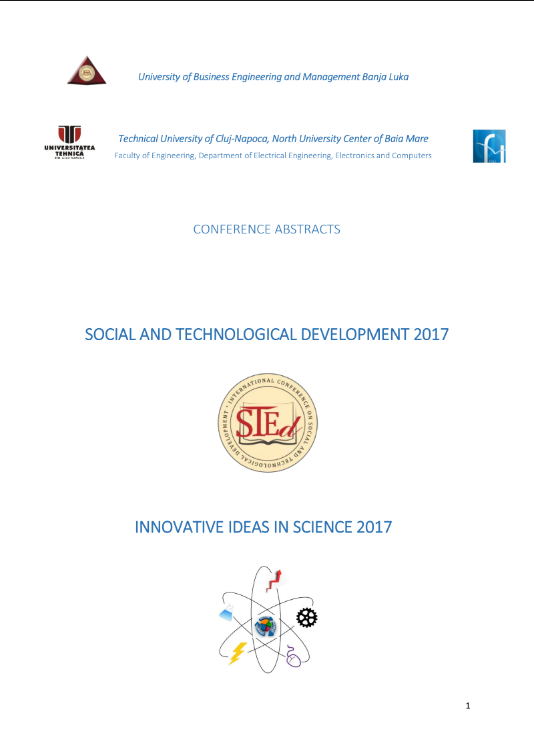
This is an open access article distributed under the Creative Commons Attribution License which permits unrestricted use, distribution, and reproduction in any medium, provided the original work is properly cited.
Modern technological processing various bulk materials provide high requirements for the quality of input raw materials. As practice shows, penetration of metallic inclusions in the raw material takes place during its extraction and during the passage of individual cycles of the technological process and leads to low quality of the output products, and often - to failure of technological equipment, which requires the development of effective methods for controlling metallic inclusions The analysis of existing methods, models and hardware-software tools for controlling metallic inclusions in bulk raw material was carried out as a result of which the method of scanning control was proposed. The essence of the method is to create a scanning signal with a moving maximum value of the amplitude of the "bell-shaped" shape magnetic field intensity within the width of the conveyor line, which transports the bulk raw material, and the processing of received signals, identifying the presence, localization and overall dimensions of the metallic inclusions. To confirm the performed calculations of the characteristics using radiated magnetic coils of the scanning signal, a computer simulation of the process of its formation was carried out in the software package VisiMag. The results of modeling, which confirm the effectiveness of the proposed method were given, in particular the formation of a scanning maximum with an explicit maximum magnetic field intensity.
control system, executive devices, measurement, metallic inclusions, data transmission system, conveyor line
The statements, opinions and data contained in the journal are solely those of the individual authors and contributors and not of the publisher and the editor(s). We stay neutral with regard to jurisdictional claims in published maps and institutional affiliations.